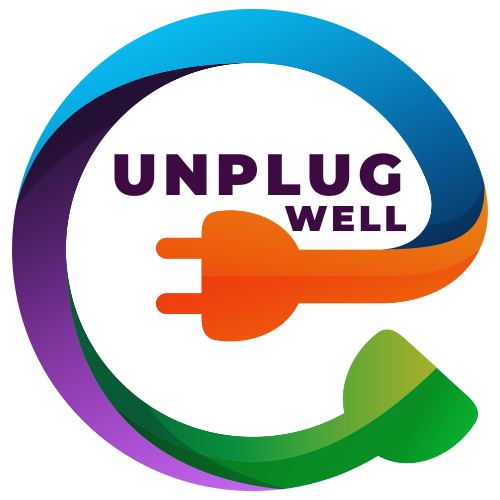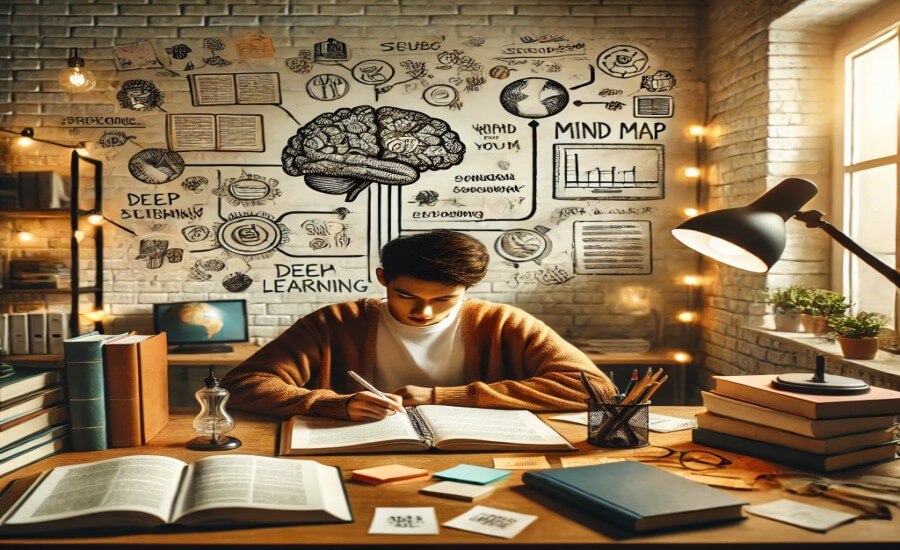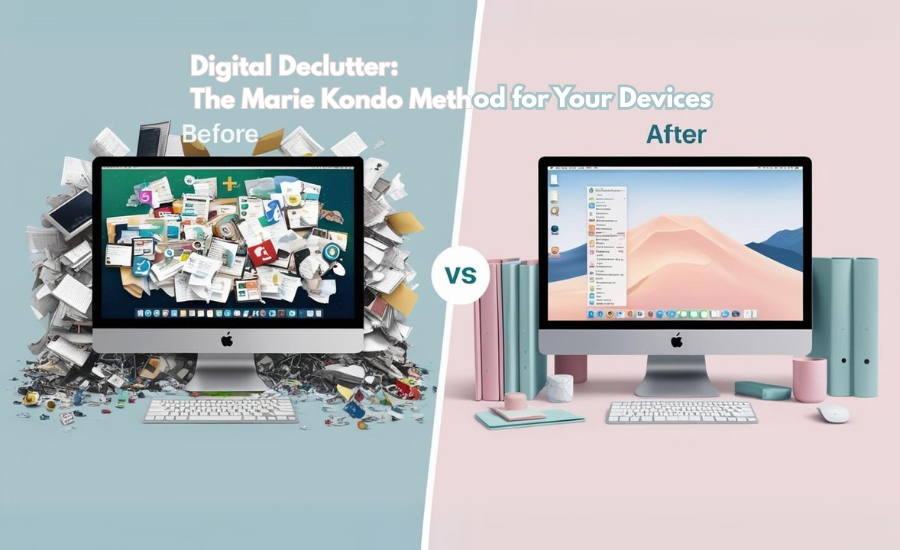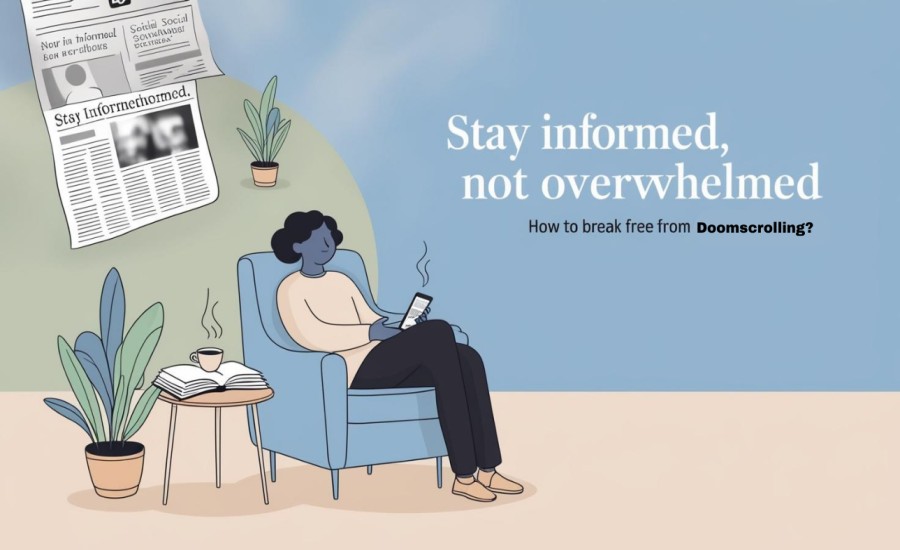In the digital age, we have access to a vast amount of information at our fingertips. We can learn almost anything online, from watching video tutorials to taking online courses. But while digital learning offers convenience and accessibility, offline learning techniques often provide a significant advantage when it comes to knowledge retention. This isn't about rejecting technology; it's about understanding how our brains learn best and strategically incorporating analog methods to enhance memory and understanding. This blog post will explore the science behind why offline learning techniques improve knowledge retention, provide a guide to effective offline learning methods, and offer practical tips for incorporating them into your study routine. Are you ready to learn how to remember more and understand deeper?
The Science of Memory: How We Learn and Retain Information
To understand why offline learning techniques are so effective, we need to understand the basics of how memory works.
The Multi-Store Model of Memory
The multi-store model of memory, a widely accepted theory, proposes that memory consists of three main stores:
- Sensory Memory: Briefly holds sensory information (sights, sounds, smells, etc.).
- Short-Term Memory (STM) / Working Memory: Holds a limited amount of information for a short period (around 20-30 seconds).
- Long-Term Memory (LTM): Stores information for extended periods, potentially for a lifetime.
For information to be retained, it needs to be transferred from sensory memory to short-term memory and then to long-term memory. This process involves:
- Attention: Focusing on the information.
- Encoding: Transforming the information into a format that can be stored in memory.
- Consolidation: Stabilizing the memory trace over time.
- Retrieval: Accessing the stored information when needed.
Active Recall and Spaced Repetition
Two key principles are crucial for effective learning and memory:
- Active Recall: Actively retrieving information from memory (e.g., testing yourself) is far more effective than passively rereading or reviewing.
- Spaced Repetition: Reviewing information at increasing intervals over time strengthens memory traces and improves long-term retention.
The Limitations of Digital Learning for Retention
While digital learning offers many benefits, it can also hinder retention in several ways:
- Passive Consumption: Scrolling through online content or watching videos can be a passive activity, leading to shallow processing and poor retention.
- Distractions: Digital devices are inherently distracting, making it difficult to focus and encode information effectively.
- Multitasking: Attempting to study while simultaneously checking social media or responding to messages reduces comprehension and retention.
- Shallow Processing: The ease of copying and pasting information online can discourage deeper engagement with the material.
Offline Learning Techniques: Engaging the Brain for Better Retention
Offline learning techniques often involve active engagement, multi-sensory experiences, and reduced distractions, all of which promote better knowledge retention.
1. Handwritten Notes
- The Power of Pen and Paper: Taking notes by hand forces you to slow down, process information more deeply, and actively engage with the material.
- Improved Encoding: The physical act of writing engages motor skills and enhances memory encoding.
- Reduced Distractions: A notebook and pen are free from the distractions of digital devices.
- Note-Taking Methods: Experiment with different methods, such as the Cornell Method, outlining, or mind mapping (see previous post).
2. Physical Flashcards
- Active Recall: Flashcards are a powerful tool for active recall, forcing you to retrieve information from memory.
- Spaced Repetition: Use a spaced repetition system (e.g., the Leitner system) to review flashcards at increasing intervals.
- Tactile Engagement: The physical act of handling and flipping through flashcards enhances engagement.
3. Mind Mapping (Offline)
- Visual Organization: Offline mind mapping allows you to visually organize information, make connections between ideas, and see the "big picture."
- Creative Thinking: The freedom of a blank page encourages creative thinking and brainstorming.
- Spatial Memory: The spatial layout of a mind map aids memory and recall.
4. Physical Textbooks and Reading Materials
- Tangible Engagement: Holding a physical book, turning pages, and highlighting passages provides a more tactile and engaging reading experience.
- Reduced Eye Strain: Reading from paper can be less straining on the eyes than reading from a screen.
- Annotation and Note-Taking: You can easily annotate and make notes directly in the margins of a physical book.
5. Teaching Others
- The Feynman Technique: Explain the material to someone else (or even to an imaginary audience) in your own words. This forces you to solidify your understanding and identify any gaps in your knowledge.
6. Study Groups (Offline)
- Collaborative Learning: Discussing course material with classmates in person can deepen your understanding and expose you to different perspectives.
- Active Recall: Quizzing each other and explaining concepts to one another promotes active recall.
7. Hands-On Activities and Experiments
- Experiential Learning: Engaging in hands-on activities and experiments (e.g., science labs, art projects, building models) provides a more concrete and memorable learning experience.
8. Drawing and Sketching
- Visual Learning: Visualizing concepts can be very helpful.
Creating Your Offline Learning Strategy: Practical Tips
Here's how to incorporate offline learning techniques into your study routine:
1. Identify Your Learning Style
Are you a visual, auditory, or kinesthetic learner? Choose offline techniques that align with your preferred learning style.
2. Create a Dedicated Study Space
Designate a specific area for studying that is free from digital distractions.
3. Gather Your Supplies
Invest in high-quality notebooks, pens, flashcards, and other analog learning tools.
4. Schedule "Offline Study Time"
Block out specific times in your schedule for screen-free studying.
5. Start Small
Don't try to overhaul your entire study routine at once. Start with one or two offline techniques and gradually incorporate more as you become comfortable.
6. Be Patient and Persistent
It takes time to develop new habits. Don't get discouraged if you find it challenging at first. Just keep practicing.
Combine with digital as needed
Use the best of both worlds.
Conclusion: Unlock Your Learning Potential with Offline Techniques
In a world saturated with digital learning tools, embracing offline learning techniques offers a powerful way to enhance knowledge retention, improve understanding, and reduce study-related stress. By intentionally disconnecting from technology and engaging with your learning materials in a more active, mindful, and hands-on way, you can unlock your full learning potential and achieve greater academic success. It's time to rediscover the power of analog learning and experience the transformative benefits for your memory and understanding.
Choose one offline learning technique from this post and commit to trying it this week. Track your progress and notice how it affects your focus, comprehension, and retention. Share your experiences in the comments below!
Frequently Asked Questions (FAQs)
Q1: I learn best by watching videos. How can I incorporate offline learning?
A1: Take handwritten notes while watching videos, pause the video to summarize key concepts in your own words, and use flashcards to test yourself on the material.
Q2: I'm used to taking notes on my laptop. How can I switch to handwritten notes?
A1: Start by taking handwritten notes during lectures or meetings. Experiment with different note-taking methods to find what works best for you.
Q3: What if I need to access online resources for my studies?
A3: Designate specific times for online research and use technology intentionally. When you're finished with your online tasks, disconnect and return to your offline study methods.
Q4: How can I stay organized without digital tools?
A4: Use physical planners, and notebooks.
Q5: How do I make offline study more fun?
A5: Find engaging materials and methods.






